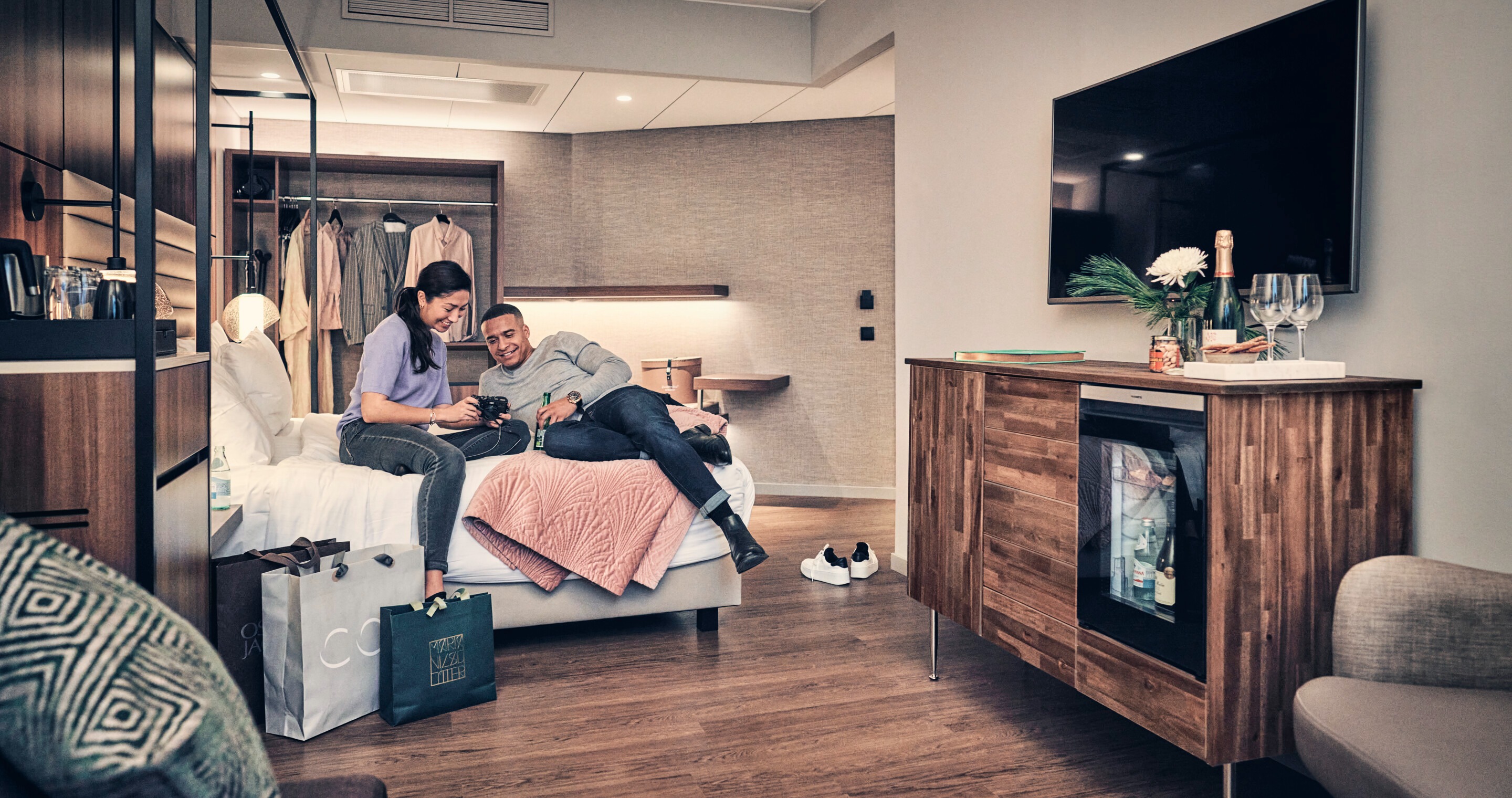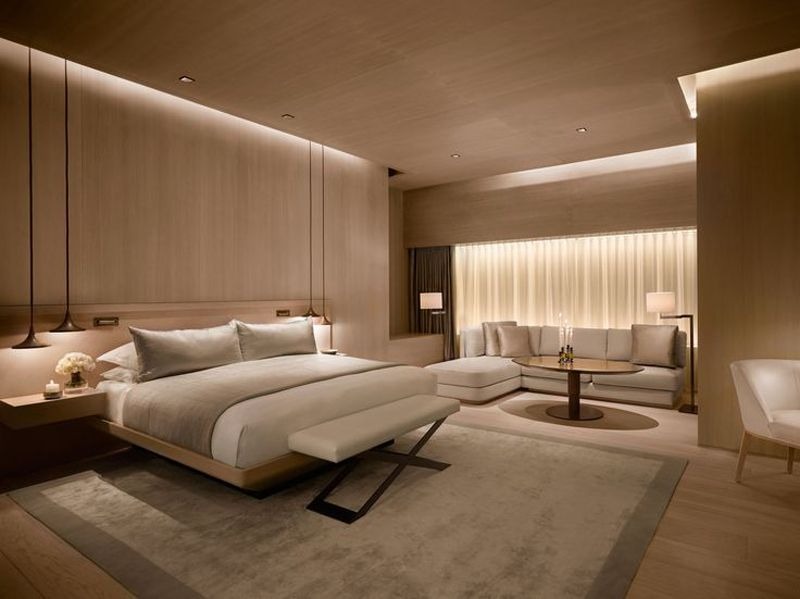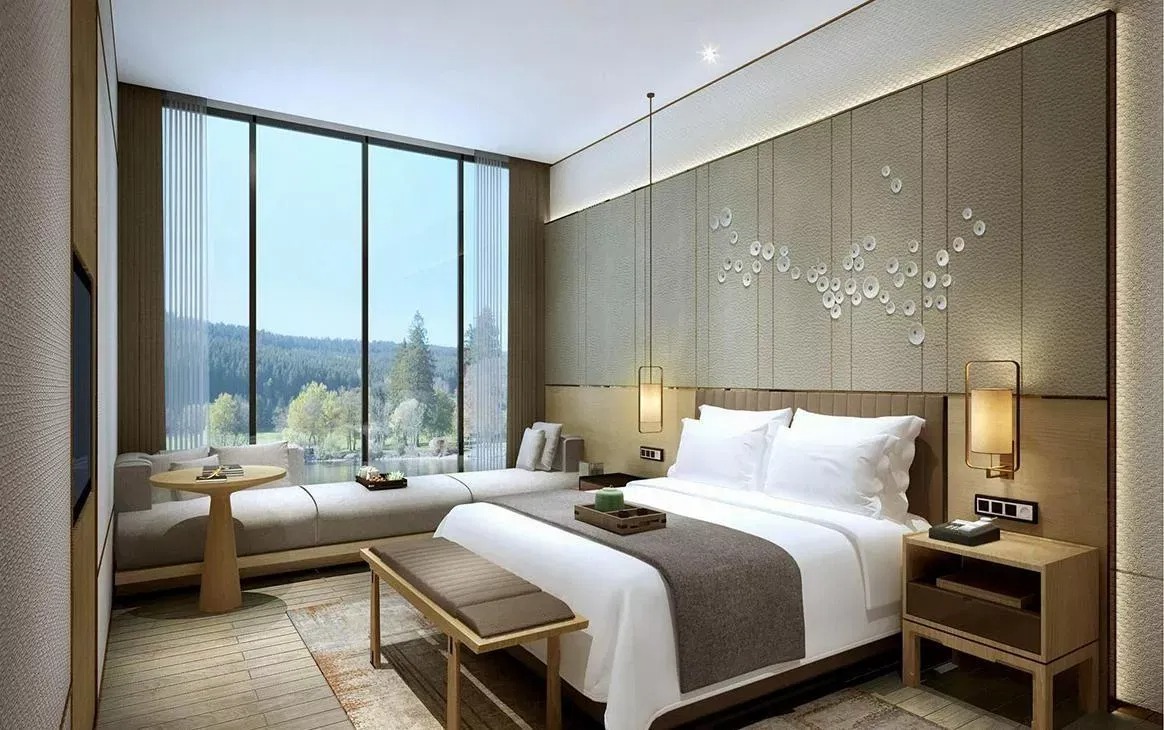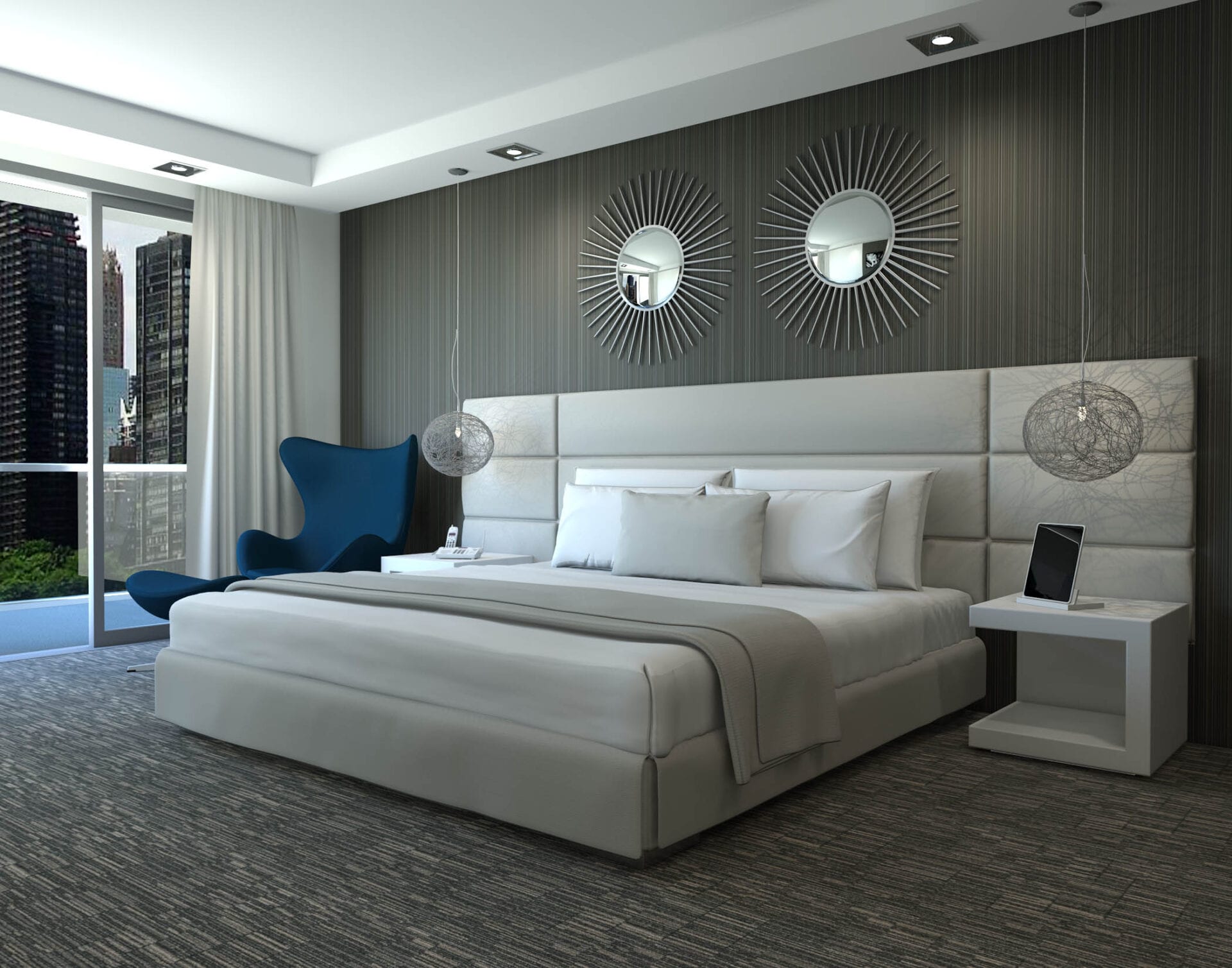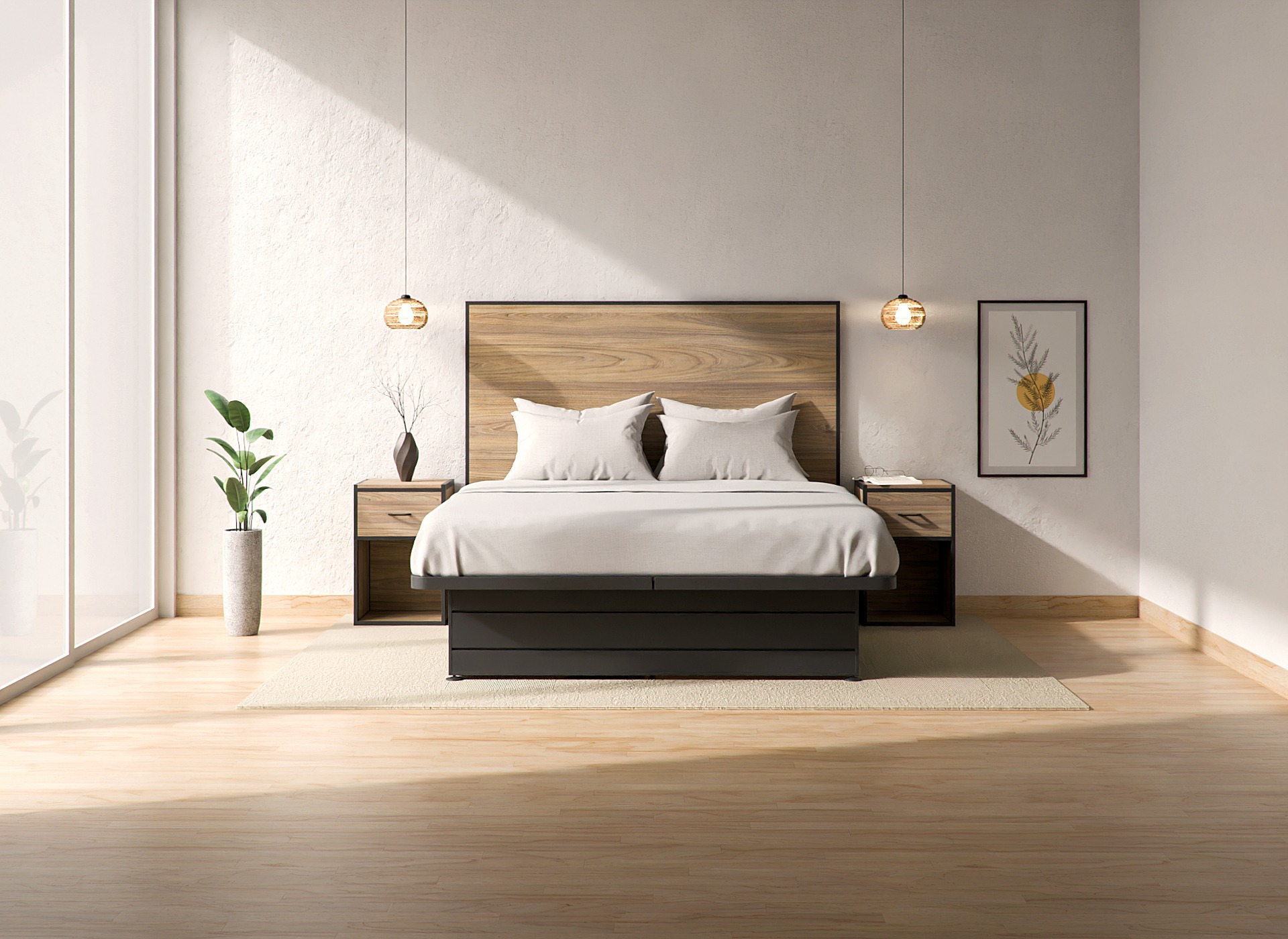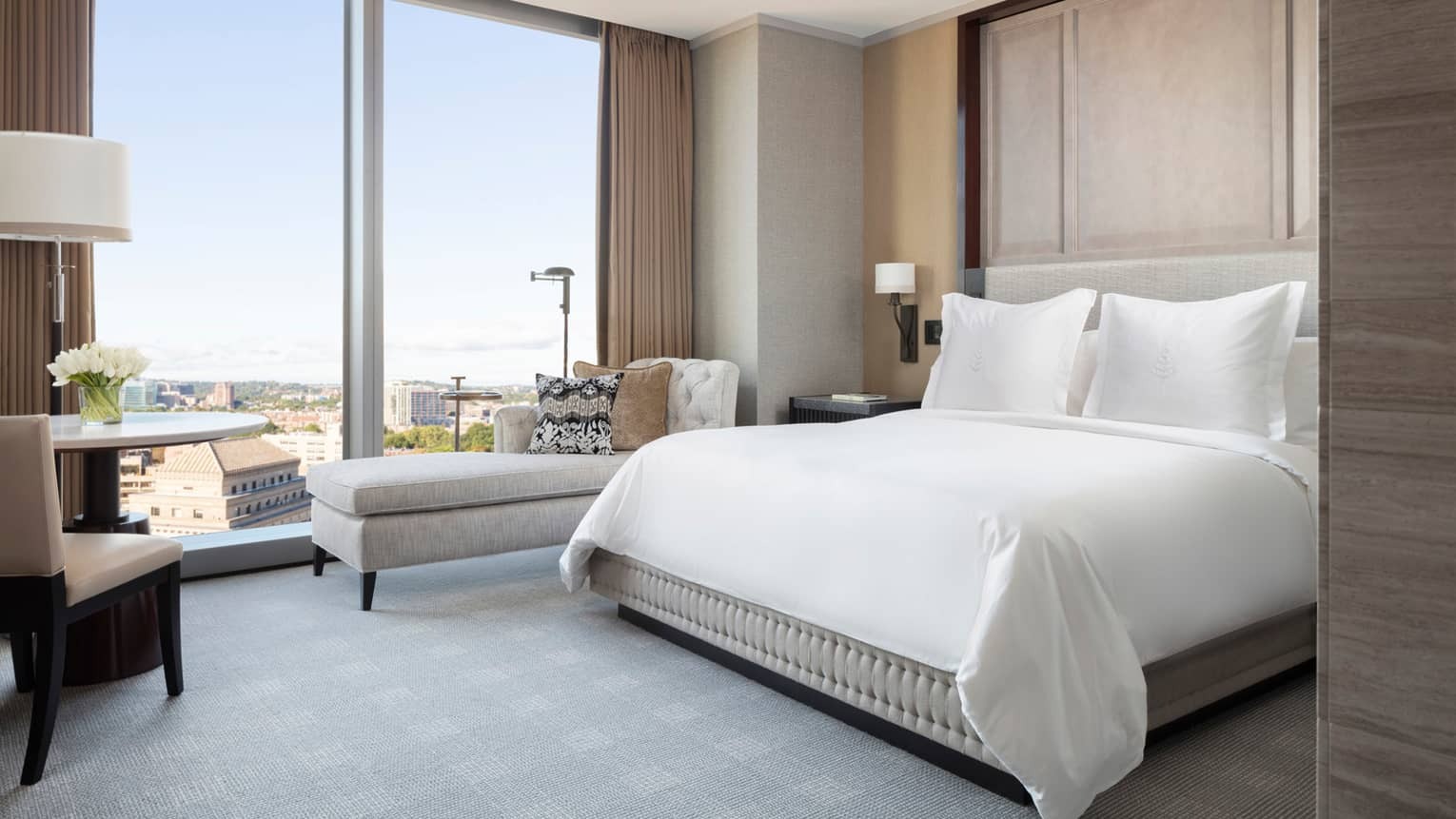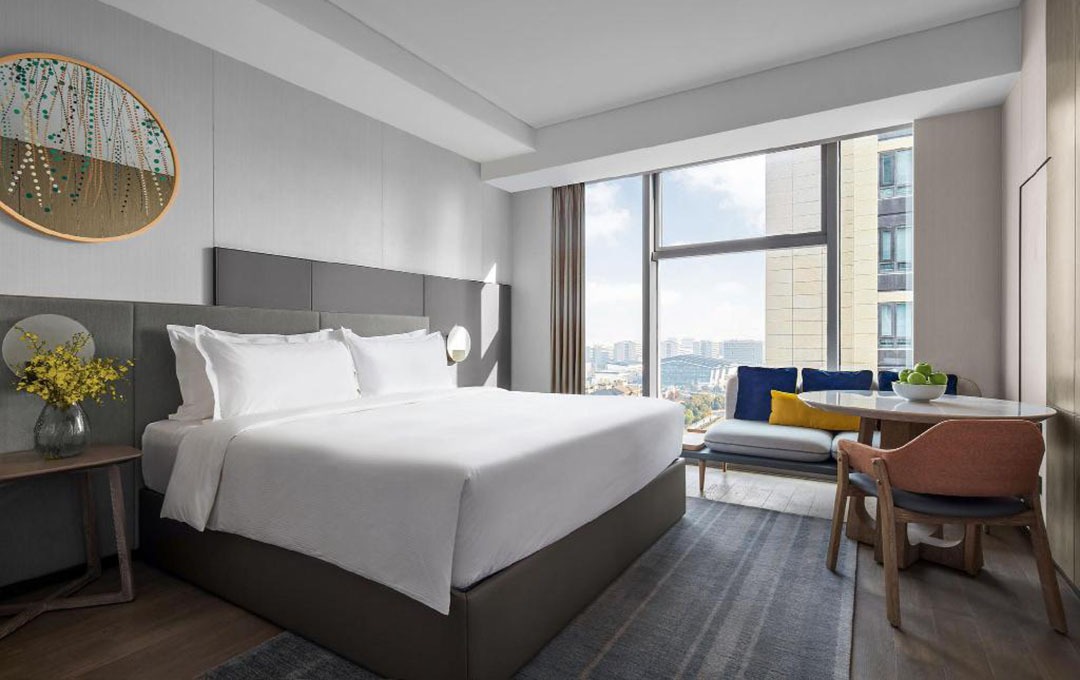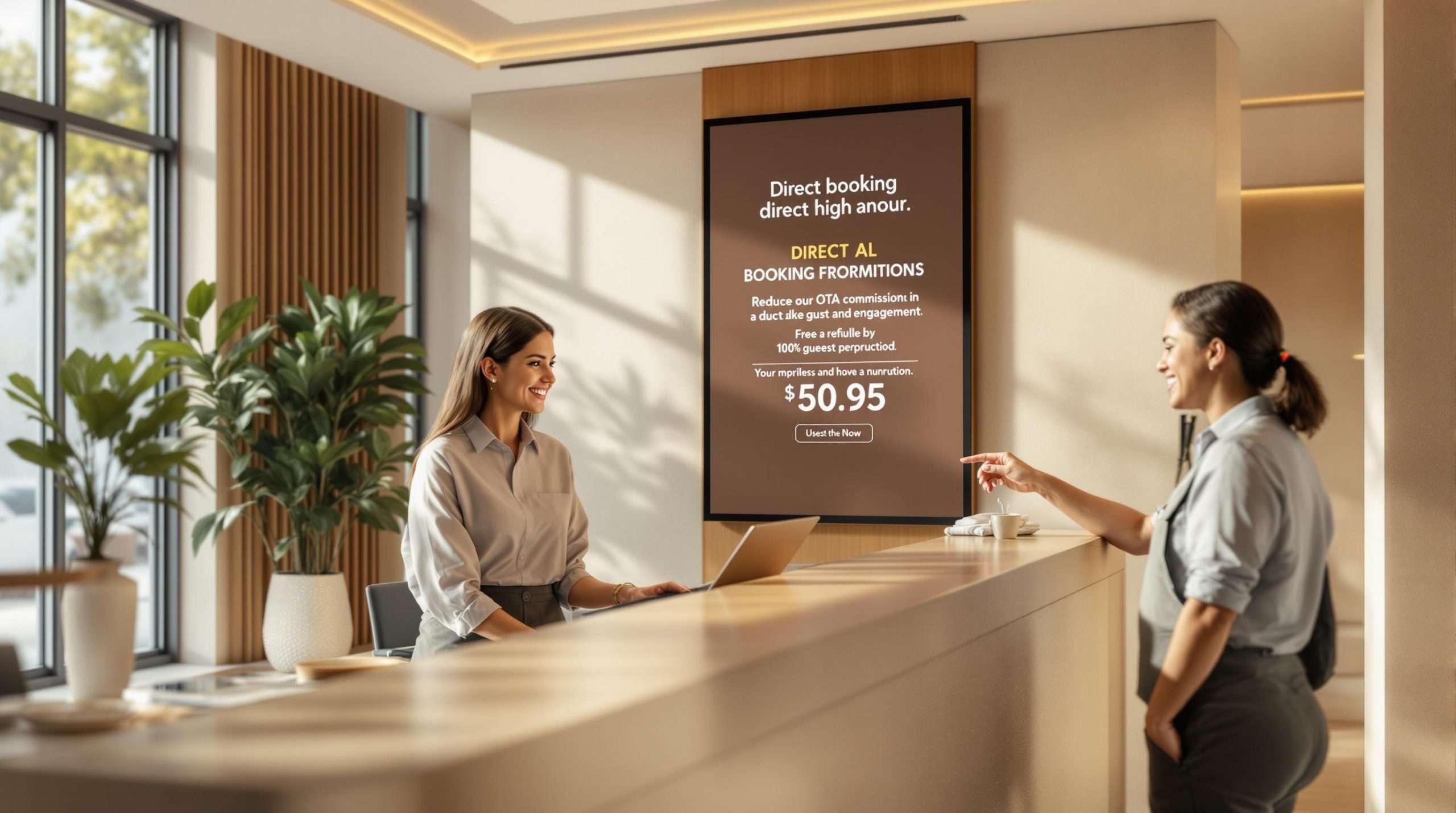Essential Elements in Designing Hotel Restaurants and Bars
Thứ 4, 27/08/2025
Administrator
138
Designing a hotel restaurant or bar goes far beyond aesthetics it is about creating a functional, inviting, and memorable environment that enhances guest satisfaction and strengthens brand identity. Every detail, from layout and lighting to furniture and décor, plays a vital role in shaping the overall experience. This article explores the essential elements that hoteliers should consider when designing these crucial spaces.
1. Space Planning and Functional Layout
Efficient space planning is the foundation of a successful restaurant or bar design. A well-structured layout ensures smooth operations, clear zoning, and seamless guest flow, which is crucial in maintaining service quality.
1.1 Zoning for Guest Comfort
Dividing the space into clear zones such as dining, bar seating, and lounge areas helps create an organized flow while catering to different guest needs. For instance, business travelers may prefer quiet corners for meetings, while leisure guests may seek vibrant bar seating.
1.2 Optimized Circulation for Staff
Back-of-house areas, kitchen access, and service stations should be strategically placed to allow staff to serve efficiently without disrupting the guest experience. Proper circulation planning reduces delays and improves overall operational efficiency.
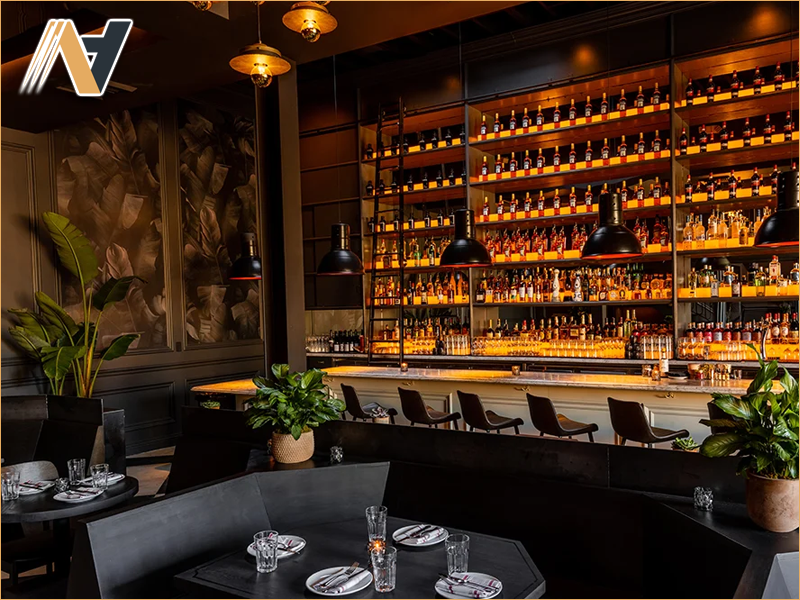
2. Lighting Design for Ambiance
Lighting plays a decisive role in setting the mood and creating memorable guest experiences. A successful restaurant or bar uses layered lighting solutions that adapt to different times of day and atmospheres.
2.1 General and Task Lighting
Soft general lighting ensures visibility and comfort, while focused task lighting at bars or tables highlights specific areas, making them functional without overpowering the ambiance.
2.2 Accent and Decorative Lighting
Accent lights can highlight architectural details, artworks, or the bar counter, turning them into focal points. Decorative fixtures such as chandeliers or pendant lamps double as statement pieces that reinforce brand personality.
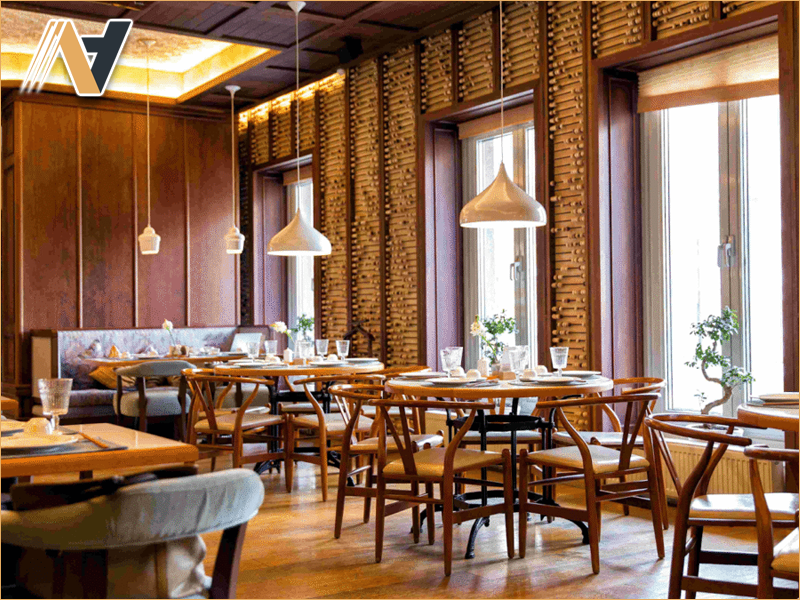
3. Furniture and Material Selection
Furniture not only provides comfort but also reflects the hotel’s brand identity. Material choice impacts durability, maintenance, and the atmosphere of the space.
-
Dining chairs and tables should balance comfort with aesthetics, ensuring ergonomic seating while matching the theme.
-
Bar stools and lounge seating require higher durability due to frequent use, often designed with upholstery resistant to stains and wear.
-
Material choices like solid wood, marble countertops, and metal accents convey luxury, while engineered wood and composite materials offer cost-effective yet stylish alternatives.
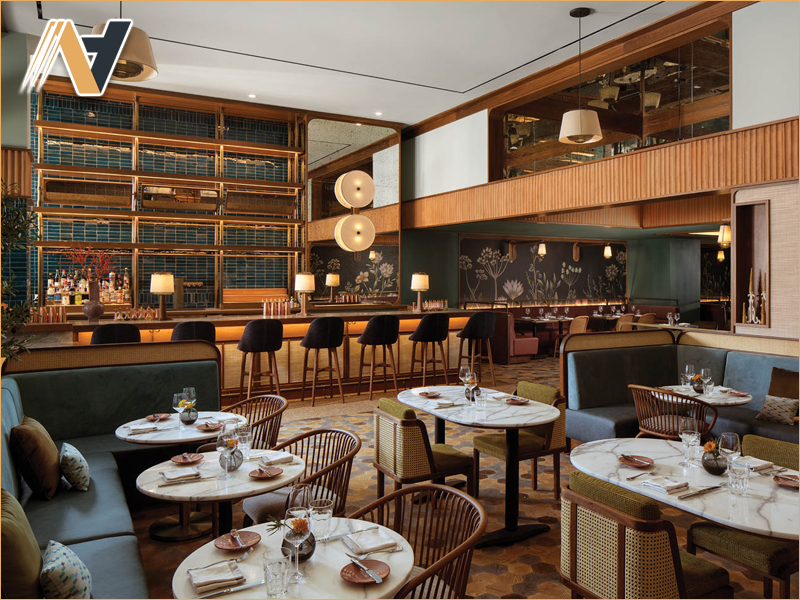
4. Branding, Décor, and Guest Experience
Beyond functionality, a hotel restaurant or bar must reflect the brand’s identity and deliver a unique atmosphere that resonates with guests.
4.1 Integration of Brand Story
The design should communicate the hotel’s narrative whether modern minimalism, cultural heritage, or luxury sophistication. Guests should be able to “feel” the brand identity through the design language of the restaurant and bar.
4.2 Art, Music, and Cultural Elements
Curated artwork, locally inspired décor, and background music enhance the sensory experience. For example, incorporating handcrafted décor or regional cultural motifs can create authenticity and distinguish the space from competitors.
4.3 Flexibility for Events
Designing with adaptability in mind allows the restaurant or bar to host private events, themed nights, or conferences without compromising daily operations. Flexible furniture arrangements and modular design elements help maximize usage.
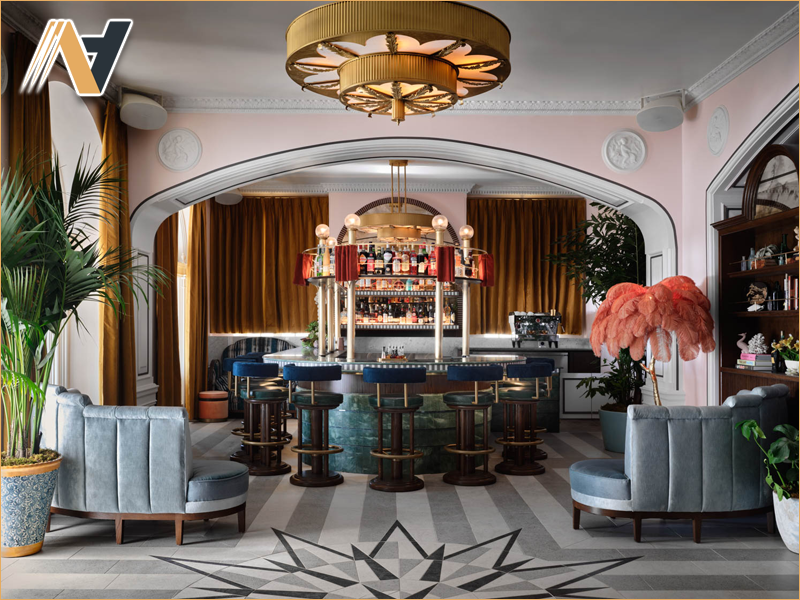
5. Sustainability and Green Practices
Modern hospitality design increasingly emphasizes sustainability, which resonates strongly with eco-conscious travelers and adds long-term operational value.
-
Eco-friendly materials such as FSC-certified wood, recycled metal, and natural textiles reduce environmental impact.
-
Energy-efficient systems including LED lighting and smart climate control lower energy consumption.
-
Waste management solutions in kitchens and bars promote responsible operations, enhancing the hotel’s reputation as a sustainable brand.
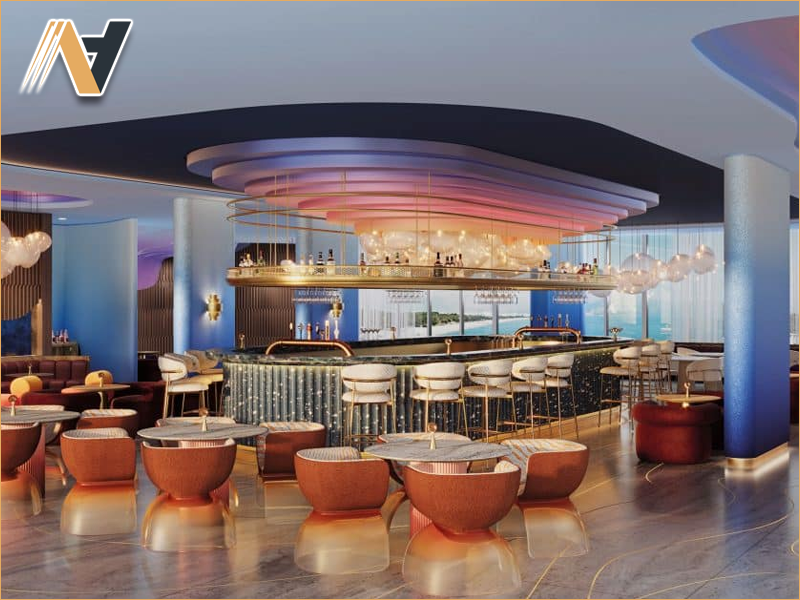
6. Conclusion
Creating restaurant and bar interiors that stand out goes hand in hand with sourcing the right manufacturing partner. As a trusted provider of Vietnam hotel furniture OEM, Ngoc Hoang Anh specializes in producing customized hospitality furniture for international clients, ensuring quality, consistency, and brand alignment. Reach out today for professional OEM solutions tailored to your next hotel project.
-----
NGOC HOANG ANH TRADING COMPANY LIMITED
Tax Code: 3702874413
Address: No. 288/28/10 Huynh Van Luy Street, Zone 7, Phu Loi Ward, Ho Chi Minh City, Vietnam
Warehouse: No. 1/91, Thuan Giao 02 Street, Binh Thuan 2 Residential Quarter, Thuan Giao Ward, Ho Chi Minh City, Vietnam
Phone/Whatsapp/Wechat: +84342076666
Email: info@ngochoanganh.com.vn

